In the heart of Inca culture, the royal panacas, also known as the “Nobility of Blood,” played a fundamental role in the political, social, and spiritual structure of the Tahuantinsuyo. These lineages or dynasties not only ensured the continuity of power but also preserved and transmitted the cultural and material legacy of the Incas. Through the construction of majestic palaces and temples, the panacas left a lasting legacy that reflects the grandeur of Cusco, the capital of the empire.
What are the Royal Panacas in Inca Culture?
The royal panacas in Inca culture were family lineages descended from a Sapa Inca. Their main function was to preserve the memory and manage the assets of the deceased ruler, including lands and wealth. Additionally, they cared for his mummy and performed ceremonies in his honor, reinforcing his spiritual and symbolic influence.
Each new Sapa Inca formed a new panaca, while previous ones remained influential in the empire’s politics and economy. These families, part of the nobility of blood, acted as advisors to the ruler and controlled resources worked by the ayllus through the mita system. The royal panacas were essential for the stability and continuity of power in the Tahuantinsuyo.
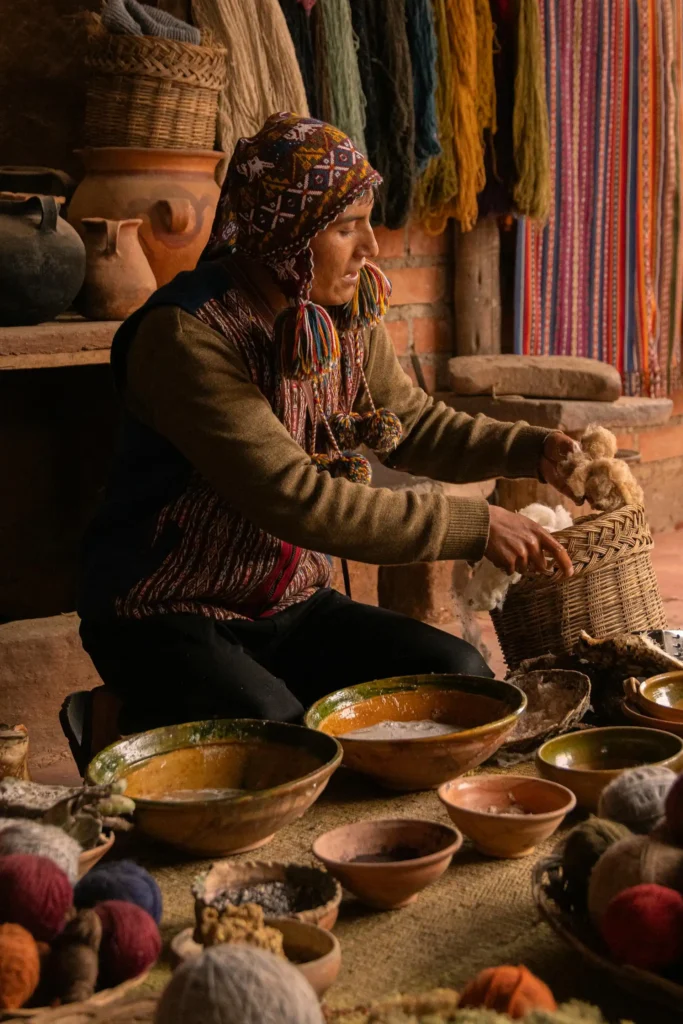
Social Structure: The panacas occupied the highest position after the Sapa Inca, forming part of the nobility of blood and distinguishing themselves from other nobles and officials. Their influence and power stemmed from both their direct connection to the imperial lineage and their control over lands and resources essential to the functioning of the Tahuantinsuyo.
Relationship with the Ruler: The relationship between the panacas and the reigning Sapa Inca was one of interdependence. By preserving the legacy of previous rulers, the royal panacas served as symbols of political stability and continuity. Additionally:
- They acted as advisors and collaborators to the Sapa Inca, participating in strategic decisions.
- They managed and redistributed goods and lands, ensuring the empire’s operation.
- They supported the new Sapa Inca, legitimizing his power and reinforcing his authority before the nobility and the people.
Importance of the Panacas in the Social Organization of Cusco
The royal panacas were essential in the social organization of Cusco. As descendants of the Sapa Incas, they preserved the political, cultural, and economic legacy of deceased rulers by managing their estates and lands. They played a key role in the religious structure, organizing ceremonies to honor the Sapa Incas and strengthen the bond with the gods.
Their economic influence was considerable, as they controlled resources worked by the ayllus. Additionally, as political allies, they helped consolidate the new ruler’s power and maintained social order, ensuring stability and cohesion in the Tahuantinsuyo.
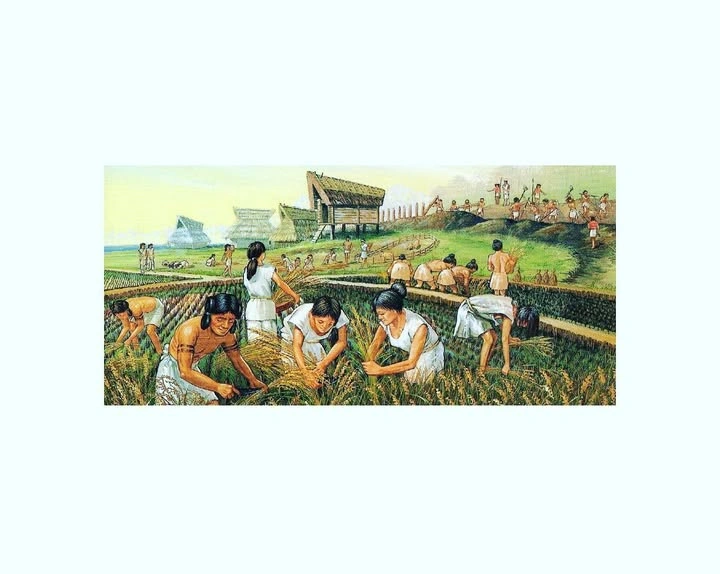
Main Characteristics of the Royal Panacas
The main characteristics of the royal panacas in Inca culture are:
- Direct descent from the Sapa Inca: The panacas were the family lineages of the direct descendants of the Sapa Inca, granting them significant political and social importance in the Tahuantinsuyo.
- Custodians of the legacy: They were responsible for preserving the memory of the deceased ruler, including the conservation of his mummy, material assets (lands, wealth), and the symbolic continuity of power.
- Political and economic influence: They managed territories and resources worked by the ayllus through the mita system. Their control over these resources gave them great economic and social power.
- Religious role: They organized ceremonies and religious rituals in honor of deceased Sapa Incas, reinforcing the spiritual legitimacy of Inca power.
- Collaboration with the ruler: Although each new Sapa Inca formed his own panaca, previous panacas remained as advisors and collaborators in the political and administrative management of the empire.
- Continuity of power: They ensured the political continuity of the empire, maintaining a link between past and present rulers, which provided stability in government and society.
Royal Panacas and Their Palaces in the Time of the Tahuantinsuyo
In ancient Cusco, there were eight royal panacas that played a fundamental role in the Tahuantinsuyo empire. According to chroniclers, the buildings of these panacas were as follows:
The palaces built by the panacas were not only residences but also ceremonial spaces where rituals were performed in honor of the gods and ancestors.
Amaru Kancha or Temple of the Serpent
The Tumipampa ayllu, belonging to the lineage of Inca Huayna Capac, was located in this area. According to historians, Amaru Kancha covered a zone that included the Plaza de Armas of Cusco, as well as the present-day streets of Matuchaka, Loreto, and Pampas del Castillo.
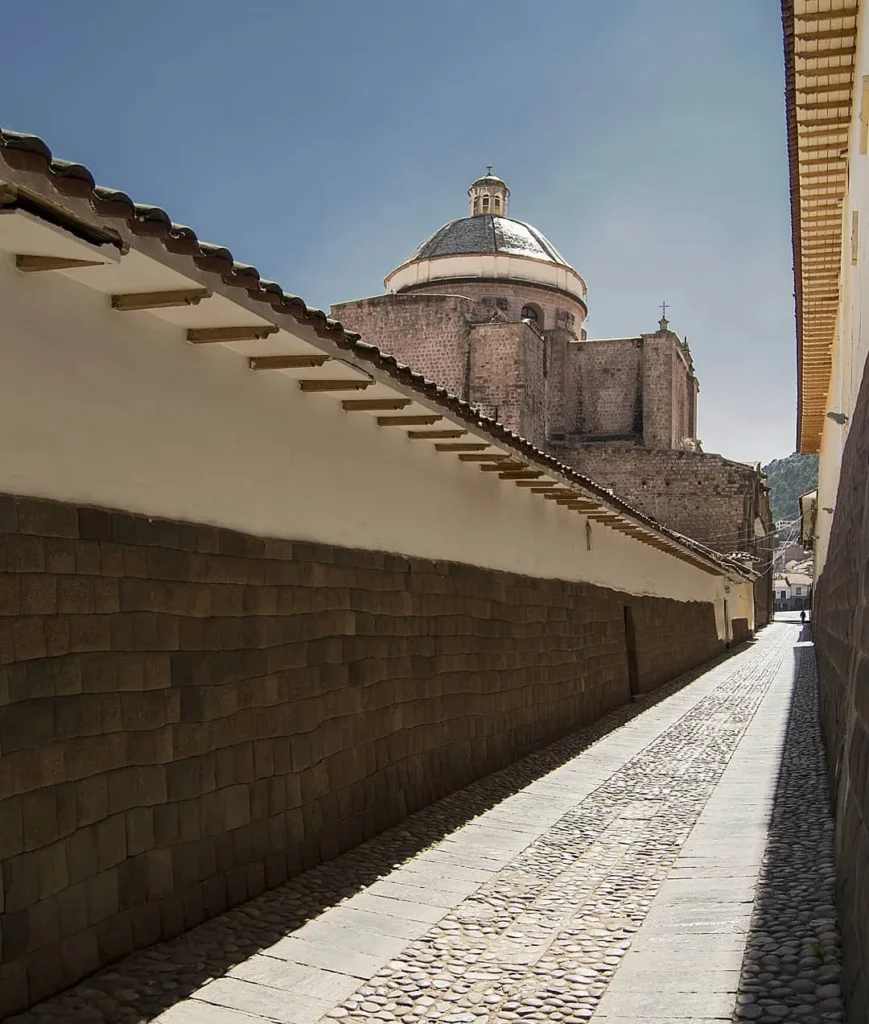
Pumakurka: The Red Site
It was the residence of the Hatun Ayllu, the great ayllu of the eleventh sovereign, Tupac Inca Yupanqui, and it encompassed what are now the streets of San Agustín, Santa Catalina, Arequipa, and Maruri. This place was used for ceremonies related to the worship of the Puma god, a sacred animal for the Incas.
Hatun Kancha: The Great Temple
It was the residence of the ayllu of the tenth sovereign, Inca Yupanqui, and it was located between the current streets of Triunfo, Herrajes, Santa Catalina, and Arequipa.
This space was a center of decision-making and spiritual activities, reflecting the duality between the earthly and the divine.
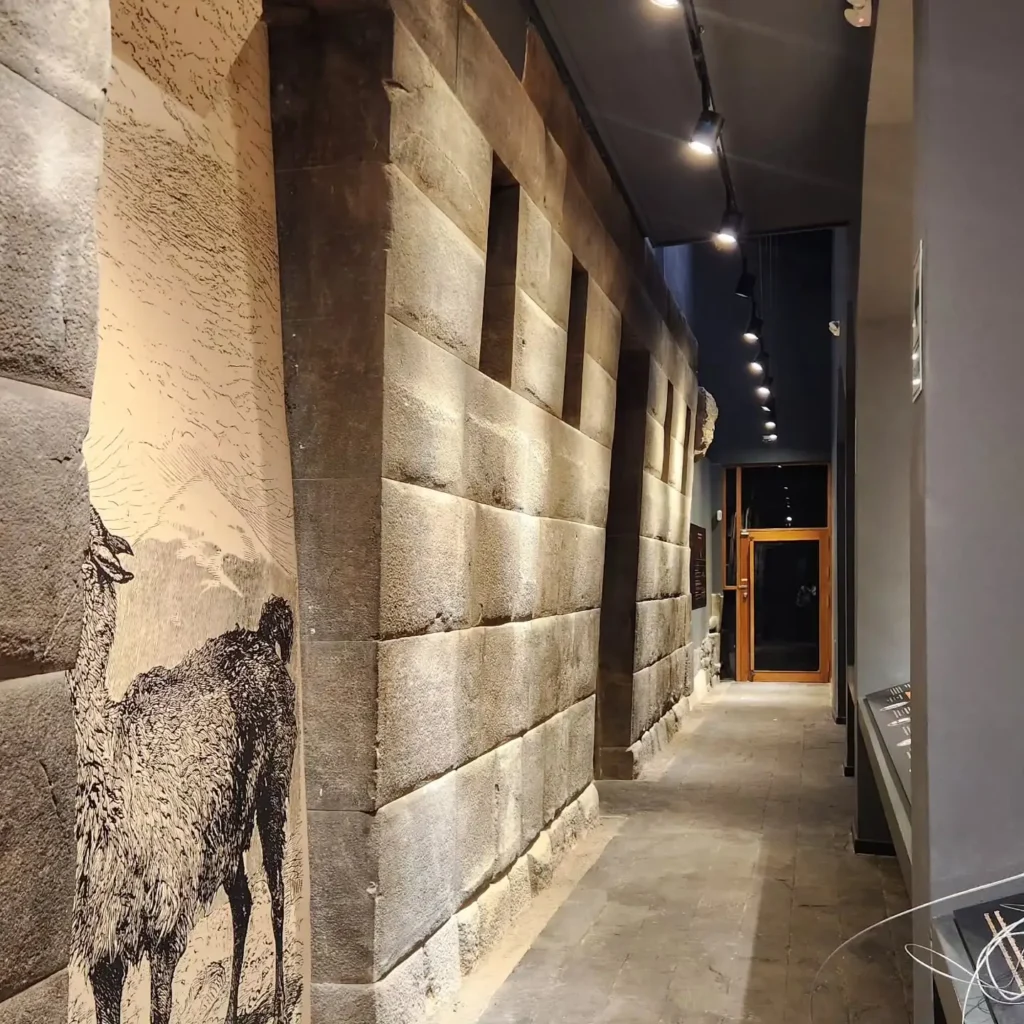
K’asana: The Colt
It was the residence of the llakapanaka ayllu of Inca Pachacutec, and its current location is between the Plaza de Armas and the streets of Plateros, Procuradores, and Tecsecocha.
This place stands out for its connection to Pachacutec, who used it to consolidate his leadership and vision of Cusco as the capital of the empire.
Kiswar Kancha: The Kiswar Tree Palace
It belonged to the Sujsu ayllu of Inca Wiracocha, and its location was between the current streets of Almirante, Palacio, and Triunfo.
This space was dedicated to honoring the creator god, showcasing the connection between the spiritual and the natural.
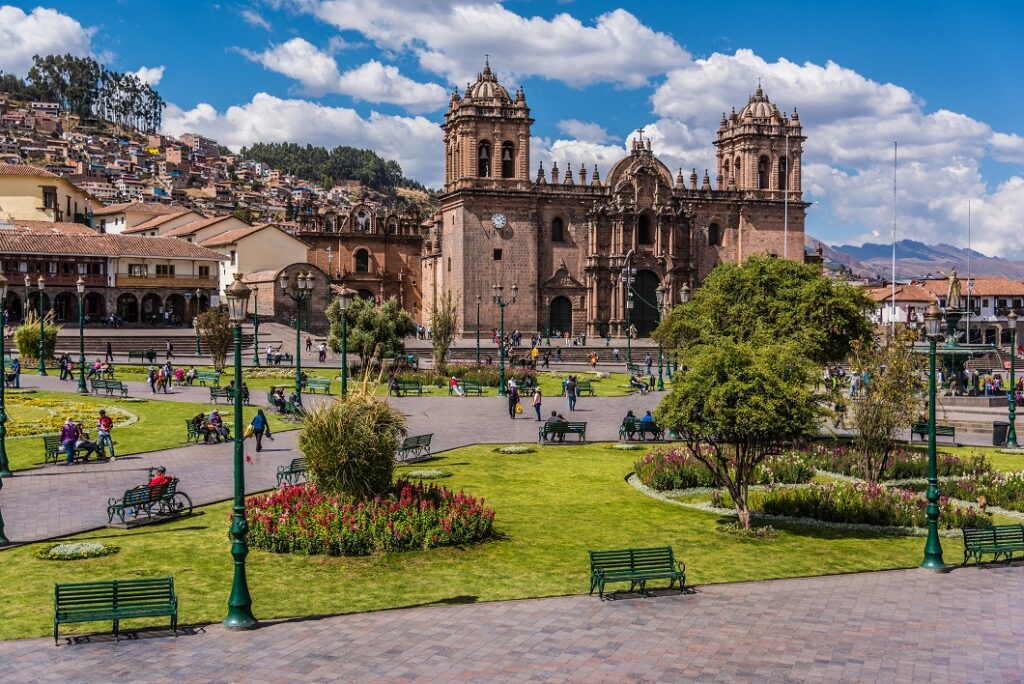
Hatun Rumiyoc or “The Great Stone”
It was the residence of the Wekakirau ayllu of Inca Roca. Its territory covered the current streets of San Agustín, Herrajes, Hatun Rumiyoc, and Choquechaca.
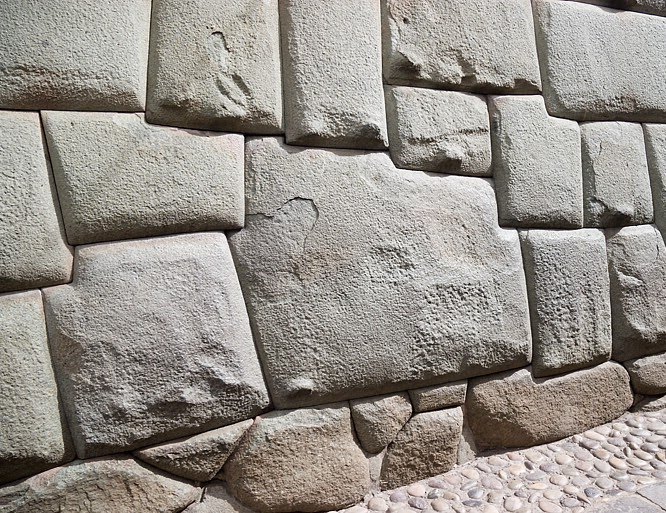
Korakora or Grassland
It was the residence of the Raurau ayllu of Sinchi Roca. According to the chroniclers, its location extended from the Plaza de Armas to the current streets of Procuradores, Waynapata, and Suecia.
Kolka Pata or High Granary
It corresponds to the residence of the Chimapanaka ayllu, the lineage of Manco Capac, located on the slopes of Sacsayhuaman.
Curious Facts About the Panacas and Their Palaces
- Sacred mummies: The panacas preserved the mummies of the Sapa Incas, which were venerated as symbols of power.
- Administrative centers: The palaces were not only residences but also centers for controlling land and resources.
- Wealth distribution: The panacas managed and distributed lands and goods inherited from the Sapa Inca through the mita system.
- Political influences: Although the new Sapa Inca assumed power, the panacas remained key advisors.
- Strategic location: The palaces were located in important points of Cusco, reflecting the power of the panacas.
- Cultural heritage: The palaces represented the legacy of the Sapa Incas and the historical continuity of the empire.
The Role of the Panacas in Power Succession
The panacas played an important role in the selection of the new ruler, ensuring that the traditions and stability of the empire were maintained.
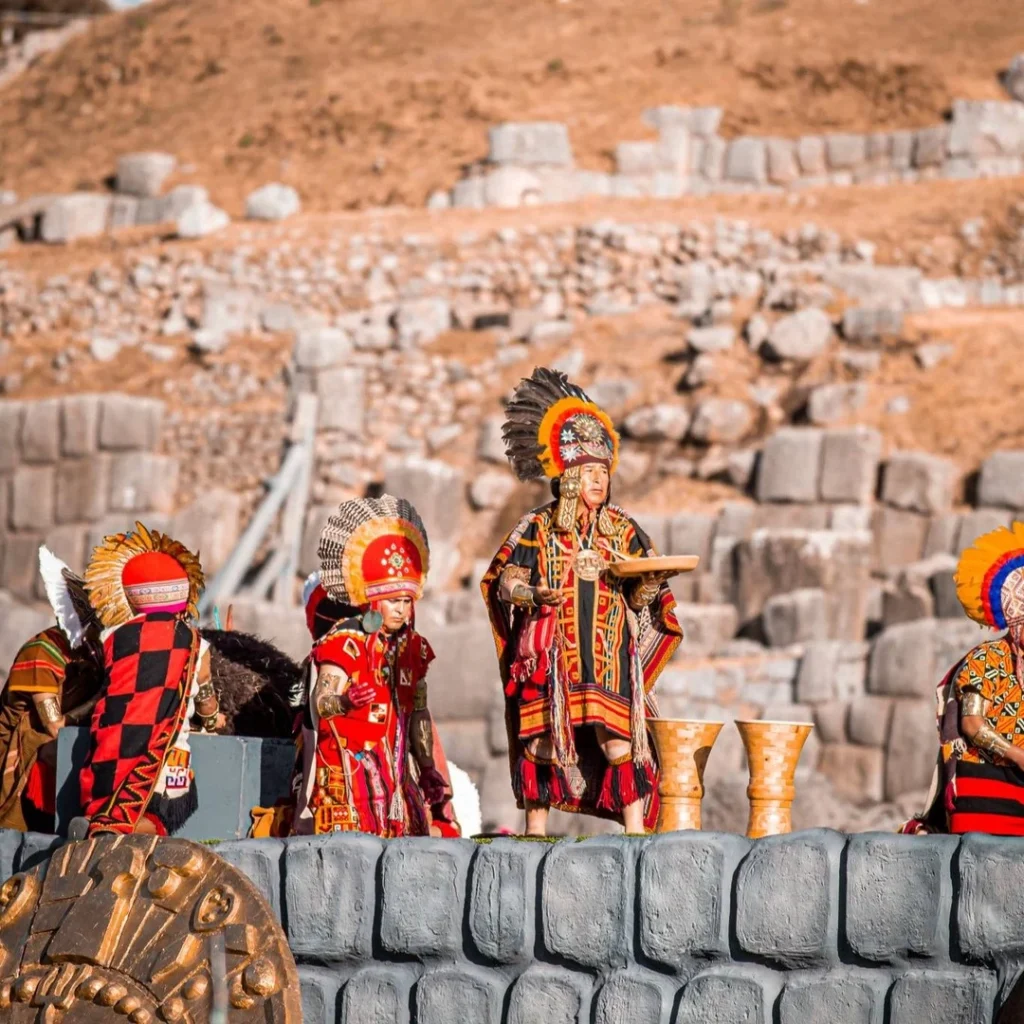
Relationship Between the Palaces and the Andean Cosmovision
The architectural designs of the palaces represented the relationship between the three worlds of the Inca cosmology: Hanan Pacha (upper world), Kay Pacha (earthly world), and Ukhu Pacha (inner world).
Impact on Contemporary Culture
The impact of the royal panacas and their palaces on current culture is reflected in several aspects:
Cultural heritage: The architecture and customs related to the panacas continue to be a source of identity for Andean communities. Cusco, as the ancient center of the Inca empire, remains a symbol of cultural and national pride.
Tourism and preservation: The archaeological remains of the Inca palaces and the structures associated with the panacas are today important tourist attractions, driving efforts to preserve and study the Inca legacy.
Rescue of the Andean worldview: The Inca cosmology, which influenced the organization of the palaces, remains important in contemporary Andean culture, especially in religious rituals and traditional ceremonies.
Social organization systems: Although the political structure of the Inca empire has disappeared, some traditions and customs related to social organization, such as the community and the ayllu, continue to be key elements of life in many rural areas of the Andes.